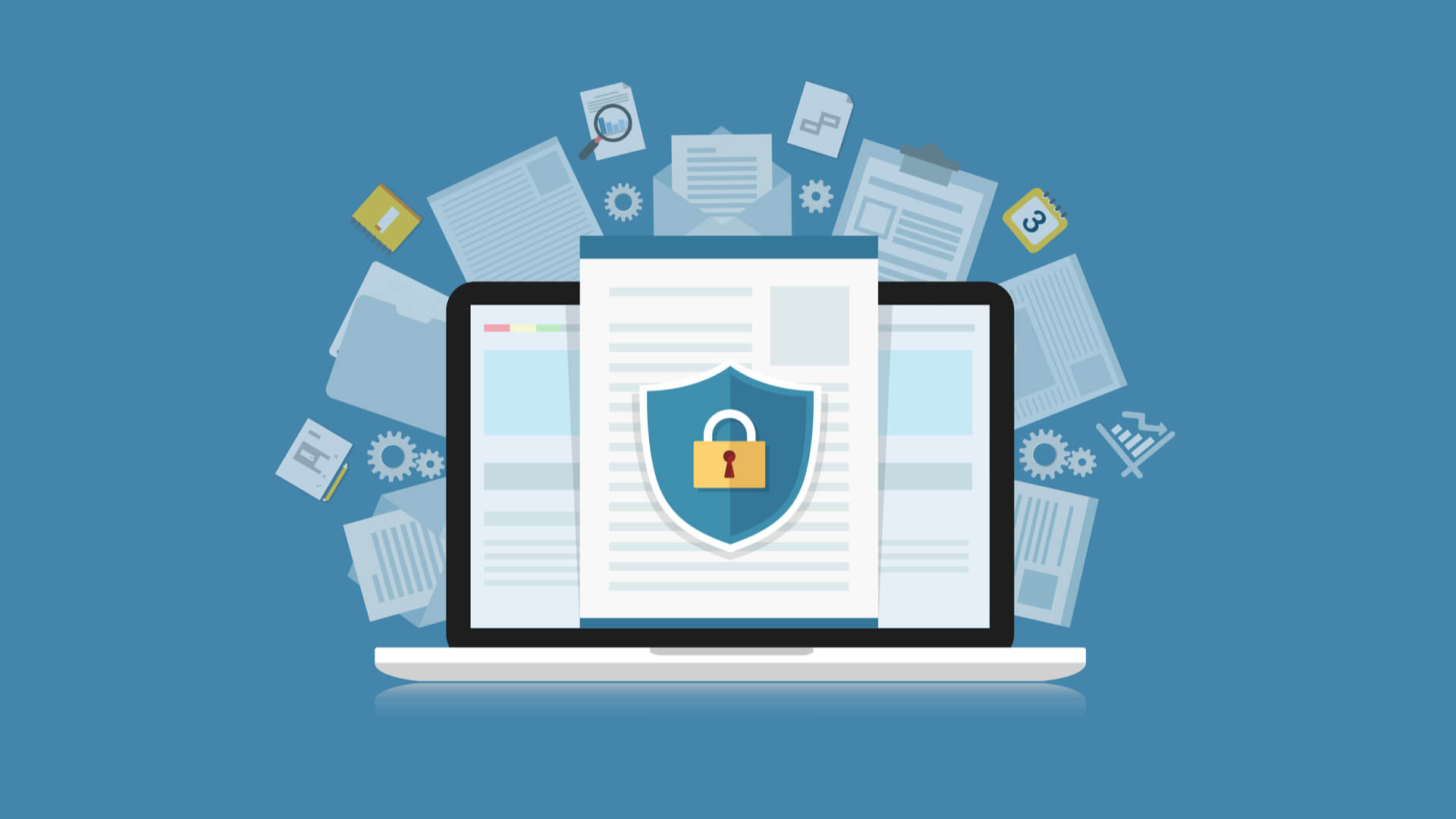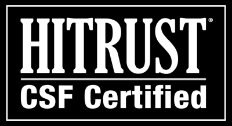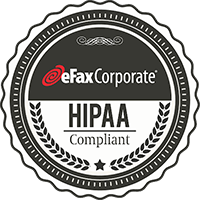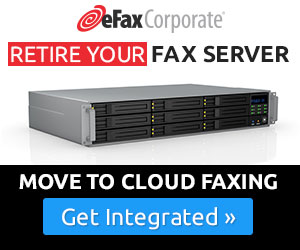It seems that almost every day there’s another data breach scandal making headlines.
Turn on the TV and it’s the lead story of every news channel.
Click on one of the big social networking sites and it’s a trending topic—trending higher as new, more salacious details emerge.
“More than three-quarters of internet users at least somewhat agreed that they would stop using a service, product or retailer if they felt their privacy was violated,” — Polling by Radius Global Market Research.
One of the most disturbing data breach incidents came to light recently when the credit reporting bureau Equifax announced an enormous breach of 143 million Americans‘ personal information. In this latest case, hackers had gained access to millions of Social Security numbers, birthdates and other information, including driver’s licenses and credit card numbers in some cases.
To make matters worse, Equifax waited weeks before alerting its customers. The company notified the public of the data breach in September 7, six weeks after it learned of the problem, according to CNN. The company stated that it first noticed suspicious network traffic on July 29 and that it believes the access occurred from May 13 through July 30.
One immediate result of the breach – Equifax’s chief information officer and its chief security officer are both being replaced.
While the various regulations on the financial industry do not impose a specific reporting requirement related to cybersecurity, companies whose data has been breached have a responsibility to disclose the breach in a timely manner to investors, potential investors, and those whose data was compromised.
For example, the Securities Exchange Commission (SEC) issued guidelines in 2011 as to when publicly traded companies have to disclose a breach, although without providing a specific deadline for public disclosure.
Yahoo is still the undisputed leader in failing to disclose bad news to customers. The Web service provider waited years before revealing that 500 million customer accounts in one case, and one billion accounts in another, had been inappropriately accessed and that personal information, including passwords, had likely been stolen. Many of those records, no one knows for sure how many, ended up for sale to criminal elements on the dark web.
And when you consider that most of today’s most widely publicized data breach scandals have had all of the elements that make for a good dramatic story—i.e., betrayal, abuse of power and carelessness—it’s no wonder stories like this get the lion’s share of media attention.
Well intentioned, careless workers inside companies working with obsolete technology also pose a dangerous threat to confidential customer information.
But what happens when a new, bigger headline emerges on the front pages of today’s national newspapers? …Or when customers who have had their confidential information breached aren’t able to simply carry on with their lives as usual? …How do they pick up the pieces and find solutions that will lessen the damage?
Data breaches have consequences
There are consequences for the companies as well. Businesses that fall victim to successful cyber-attacks may incur substantial costs and suffer other negative consequences, which may include, but are not limited to:
• Remediation costs that may include liability for stolen assets or information and repairing system damage, as well as ‘incentives’ paid to customers or business partners not to jump ship after an attack;
• Increased cybersecurity protection costs that may include organizational changes, deploying additional personnel and technologies, training employees, and engaging third party experts and consultants;
• Lost revenues resulting from unauthorized use of proprietary information or the failure to retain or attract customers following an attack;
• Litigation and reputational damage adversely affecting customer or investor confidence.
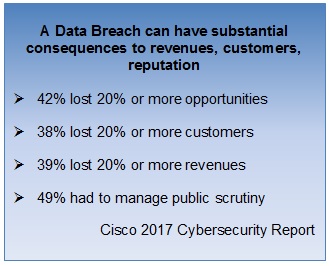
To sum up, the numbers shown here from the Cisco Systems 2017 Cybersecurity Survey, speak for themselves – with around 40% of companies that experienced a data breach facing significant losses in business opportunities, revenues and customers.
Safe, Secure Document Transfer – In the Cloud
Fortunately, advanced technology is available in the Cloud that can help your enterprise to moderate, if not eliminate, certain data security threats. Many of you may already be aware of cloud faxing, but if not, here is a quick rundown of the benefits.
Cloud faxing is a safe and secure document transfer solution that lets you securely transfer, retrieve and store sensitive data online. You can integrate the technology into an existing network infrastructure and workflow applications with none of the software or hardware upgrades typically associated with a traditional fax server network.
Because cloud faxing meets current data security and privacy standards, it’s safe to send and receive sensitive data from any Web-enabled device, while keeping compliant with current data security and privacy standards.
Risks One Takes when using Traditional Faxing
Now let’s take a closer look at why traditional analog and digital faxing (fax servers) can place your customers’ confidential information at risk, and how a cloud solution is the most secure way to send and receive sensitive information with customers and business partners that have fax requirements.
Analog faxing once served an important purpose in business. It allowed business owners, sales teams, manufacturers, suppliers, venders and other key industry personnel to quickly and easily transfer purchase orders, contracts, sales figures and other documents back and forth in near real-time.
Companies could transact business with companies in other countries; submit receipt records, payroll reports, bank statements, balance sheets as well as tax reporting forms to the accountant department; or receive important business letters from the home office without needing to wait days or weeks for legacy Snail Mail to arrive.
Fax was so ubiquitous that faxed contracts have been accepted as legally enforceable documents by the courts for years.
It was great.
Until it wasn’t so great.
And then it caused problems—big problems.
For starters, there’s the issue of security.
To be fair, it isn’t the fax transmission process itself that is problematic (that is reasonably safe), but the problems that can occur when faxes are not properly secured once they print out to the fax machine’s tray.
Take these common security issues for example:
• Access to sensitive data—e.g., social security numbers, and other personally identifiable information.
• Delayed transmission
• Fraud
• Theft
When you consider where most community fax machines are located and how they are administered (usually a well-trafficked common area), it is no wonder that the analog fax machine poses a high-risk to confidential customer information.
Think of it. Delayed faxes are left unattended on the fax machine’s tray until someone comes along to retrieve them. Faxes that have been discarded in recycling bins can be fished out and stolen when no one is looking. And if a fax is inadvertently delivered to the wrong “in” box, it can easily become lost and confidential information revealed.
When you consider that faxes offer no physical or environmental security to safeguard sensitive information against unauthorized views and theft, it’s no wonder data breaches are such a frequent occurrence.
How does your company fare on this quick compliance test?
1) Could your company pass a regulatory compliance audit by the government?
2) Is your company budgeted for the possibility of big fines resulting from an audit?
3) Is your legal team skilled in handling legal cases that drag on for years?
If the answer is no, you should really consider a Cloud based fax solution for your business.
Cut Company Overhead with these Cloud Saving Tips
And while fax servers are a step in the right direction, even they have their vulnerabilities.
The fax server is dated—the technology itself is more than a decade old. Not only that, but fax servers are expensive to maintain. Consider the following conservative cost estimates:
Fax Server Costs vs eFax Corporate Secure Cloud Fax
In addition to the above-mentioned costs for a fax server ($6,000), fax card ($10,000 or more) and server software ($25,000), there’s also the annual costs to keep the machine up and running.
On average, maintenance software costs typically run about 15% of the cost of fax server, which, depending on the model, could be almost $4000.
But there’s more.
With a fax server, you still need either analog or digital phone lines, which can range in cost from $50 a year to hundreds of dollars per year.
But cloud faxing is different.
It’s like an updated fax server in the clouds—without the added cost of new hardware or software updates. Plus, there’s no routine maintenance or repair work—it’s all included in the price.
In addition, cloud costs are a direct match for actual usage, so if your usage declines over time, your costs will go down as well.
Bottom line: The analog fax machine can expose your sensitive confidential information to unauthorized personnel, offers no inherent physical or environmental security, and therefore puts your company at risk of non-compliance with current data security and privacy standards.
The fax server, on the other hand, while more secure, is an aging platform that incurs high upfront capital and operating costs without delivering any increased benefits.
Cloud Faxing Enhances Security and helps Maintain Compliance
Companies can benefit in measurable ways from a more protected, reliable and secure data transfer system.
Companies can track, manage and replicate verifiable safeguards that protect sensitive data against breaches and other major security threats, while maintaining a chronological record of incoming and outgoing faxes for audits.
Further, cloud faxing lets companies– as well as their business partners – send and receive purchase orders, invoices, receipts and other sensitive data securely from their desktops, without having to print, scan or physically transmit a single document or dial a single fax number.
How it Works – Cloud Faxing
Users just simply attach a document and send the “fax” in the same way that you would regular email. The entire process takes place in your inbox. Inbound faxes are delivered as PDF attachments to the same email inbox.
Thanks to advanced data encryption, your faxes are kept safe and secure at all times, including while in transit and at rest.
‘If what has been seen cannot be unseen, then what has been leaked cannot be unleaked.’
Your entire fax infrastructure will operate in compliance with current data security and privacy standards, so your enterprise never needs to wonder if it’s in violation of federal protection laws.
Win Big with Cloud Fax – Here’s How:
• Track and record the seizure, custody, control and transfer of electronic data
• Speeds up the data transfer process
• Allows for faster, more reliable transmission, retrieval and storage of sensitive data
• Ensure regulatory compliance with HIPAA, SOX, GLBA, PCI, etc.
In Conclusion
Data breaches don’t only happen in plain view. And they certainly are not just restricted to normal business hours. Unauthorized personnel can fish faxed documents out of the trash at any time and remove sensitive data from a desk letter tray without anyone being any the wiser.
Multifunction devices that integrate fax, copy and scanner capabilities into a single standalone machine make it easy for unauthorized personnel to breach sensitive data, since all of these devices have hard-drives that are rarely encrypted.
But businesses can eliminate these and other data security threats by making sure their sensitive data is protected at all times with a cloud fax provider that delivers advanced data encryption.
The Solution – eFax Corporate Secure Cloud Fax
Let eFax Corporate, the world’s most trusted cloud-based, paperless fax service eliminate unauthorized views and theft of your sensitive data. With eFax Corporate’s secure cloud faxing solutions, advanced TLS-encryption protects your data during transmission, while 256-bit AES encryption keeps it safe while at rest in your inbox.
You can store limitless amounts of confidential information in your very own cloud-based repository, which won’t automatically empty. Or you can send it to local and international recipients without the usual local or long-distance calling costs associated with faxing.
Cloud faxing doesn’t just offer convenience. It also helps to keep your business compliant with the data security and privacy standards and makes your workday more productive.
Protect the confidentiality and integrity of your sensitive data by upgrading from analog or digital faxing to a cloud solution today.
